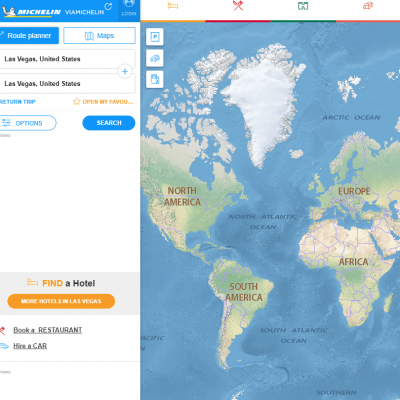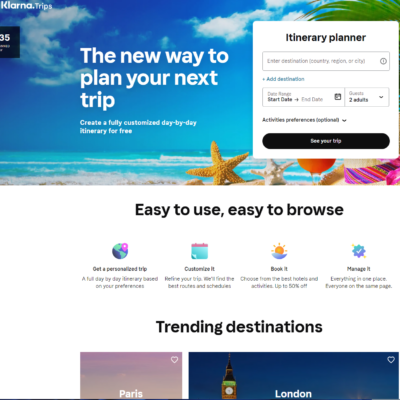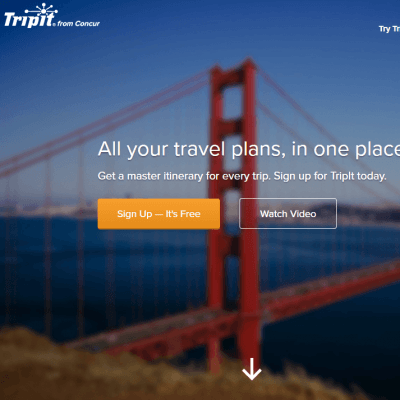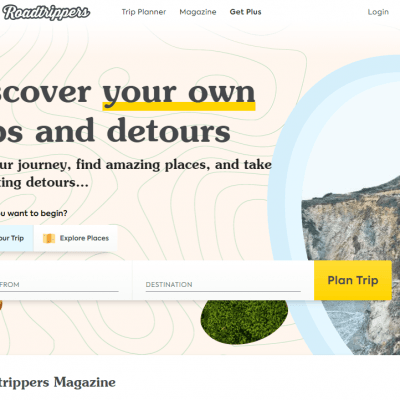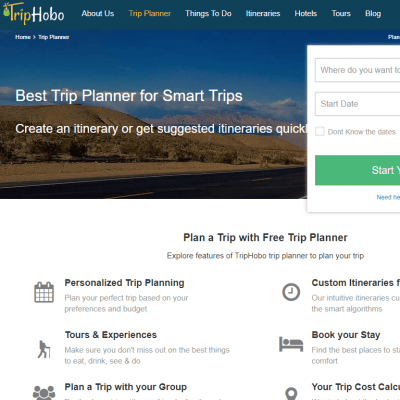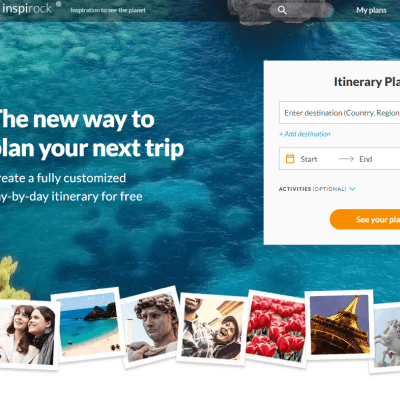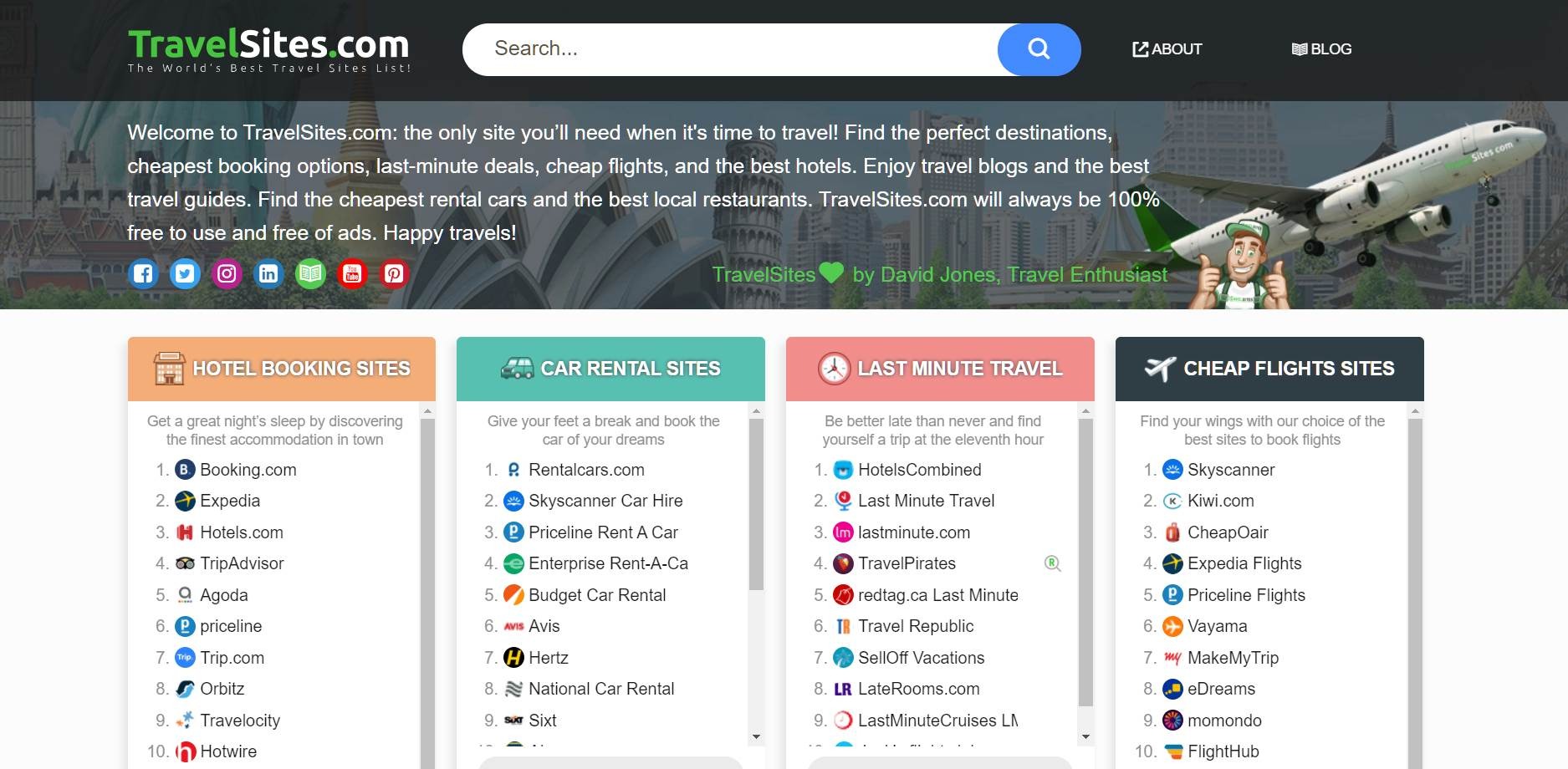Plan a Trip
Sorting out the trip of a lifetime is no easy business, particularly when you already have a million other things to think about back home. It can make what should be fun into a stressful experience, as you become swamped by the countless options and possibilities with a limited amount of time in which to do them all. Whose recommendations can you really trust and how viable are they really? Someone may tell you that you can visit Big Ben, Buckingham Palace, the London Eye and the Tate Modern all in one day, but is it true? Luckily, there are are a number of travel planning websites out there which are right on hand to help you organise your travels away, be it the other side of the world or just round the corner. Featuring thousands of itineraries, day-by-day guides, detailed maps, recommendations, tips and advice, these travel planning sites can help you make the most of your trip, wherever you go. What’s more, most are free and allow you to create fully customisable itineraries that suit your preferences, making them much more flexible than traditional guidebooks.
With that in mind, we have compiled a list featuring the best travel planning sites around. In the past, you may have left the planning to a travel agent or taken the information from an old guidebook as the only course of action. Yet now, with so many travel planning sites on the market, you can find all the information you need right from your smartphone. In reviewing each one, we considered a number of important factors that we believe contribute towards making the ideal platform for helping travellers plan their perfect trip. Each one was thoroughly assessed to ensure that only the best platforms were selected, with each review containing a brief summary of the service, its highlights, what makes it unique and its potential drawbacks. There are hundreds of travel planning sites offering recommendations, itineraries and more, however we’ve chosen only the greatest ones that we think will prove to be the best companions for your trip, in order to save you time spending hours looking for them yourself. The pros and cons of each one are listed in an easy-to-read set of bullet points below each review.
Data roaming charges when travelling have always been a concern for those keeping a close eye on their budget as they can add up and become considerably expensive. This means that any mobile application or website that requires internet connection to function becomes largely defunct when on the move, while waiting to gain access to free Wi-Fi can be awkward when travelling somewhere remote, like the Amazon or the desert. Hence, those platforms that offer the ability to download their content so that it can be accessed in an offline mode are infinitely useful to travellers and ultimately come out on top of those that require continual connection. Not only do they save on data roaming charges, they also preserve your phone battery, as using 4G quickly drains it when in use. Both Google Trips and Tripit allow users to download itineraries, reservation details and saved recommendations to be viewed offline, while they also allow all the downloaded information to be viewed on other devices, meaning if you lose your phone you can still access the content on a public computer or tablet, for example.
Another factor that was considered when reviewing the sites and applications was pricing and, if free, then the consequences associated. All the platforms we reviewed are free or at least offered free versions of the service, however Tripit and TripHobo both have premium versions that give users access to extra features and make the app ad-free. The adverts in the free versions are a definite drawback to the platform, particularly on TripHobo where the adverts appear as pop-ups that distract from using the app. Tripit’s ads are less intrusive, however the cost of premium membership is nearly $50 USD for an annual membership, making it expensive when other similar services like Inspirock is free of charge. That means that for the average backpacker, it is worth considering the cost and the difference between a free version with ads and one that is paid for that eliminates them. That being said, free does not always necessarily mean better, and in some cases it is more advantageous to pay for the membership that will give access to all the content in one place, rather than downloading multiple free apps to do the same thing.
The range of content available was also taken into account when reviewing the travel planning sites, with those offering more features more frequently coming out on top of those with less options. Google Trips, for example, offers all the same features as other similar platforms, however they also include an exclusive discounts section that allows users to find bargains in whichever city they are travelling in. With so much clout in the industry, companies are willing to offer Google Trips deals that can only be accessed via their application, meaning you will find offers that cannot be found elsewhere. Lonely Planet, meanwhile, feature on their website a whole host of short videos with travel inspiration, as well as an informative blog including thousands of posts from travellers around the world. These contribute towards making the site more comprehensive as a platform as they give users a variety of ways to engage with the content and discover useful information, rather than just being able to download itineraries and view recommendations. Therefore, we considered a wide selection of content as a positive factor when reviewing each travel planning site.
The demographic to which each travel planning site catered was another aspect that was taken into account when reviewing the various platforms as, when it comes to travel, there will always be people from completely different backgrounds visiting the same place. With the itineraries, for example, there is little point in the sites recommending boutique hotels, Michelin star restaurants and expensive trips on speed boats only if the user’s daily budget is twenty dollars. Instead, offering a variety of options that cater to both luxury travelers and backpackers on a shoestring budget accounts for a far more inclusive and useful platform than those that only provide for one demographic. A good example of this is ViaMichelin, in which you can add filters to narrow down your results and search for hotels and restaurants that fit your budget, rather than having to wade through hundreds of options that are out of reach. Being able to sort eateries by menu price is a particularly useful addition that really demonstrates their emphasis on matching results to specific preferences.
Overall, our list featuring the best travel planning sites is a great resource for discovering information on everything you could possibly need for organising a trip away. Significantly different from traditional guidebooks or travel agencies, travel planning sites provide a whole host of infinitely useful information including travel tips and advice, recommendations, itineraries, day-to-day guides, maps, suggested routes and more. With this list, you will be able to find the most comprehensive and informative travel planning sites, featuring content that caters for every type of traveller, be it a backpacker on a shoestring budget or a wealthy married couple. Our reviews consider the variety of factors mentioned above to present only the very best travel planning sites, saving you time that would have been spent scrolling through pages of results to find the best one.
